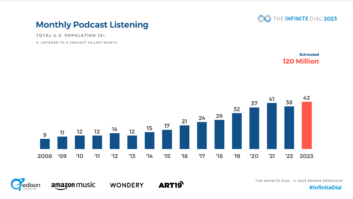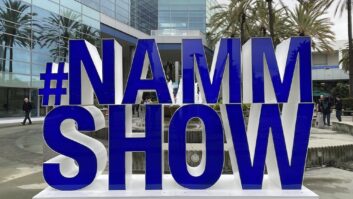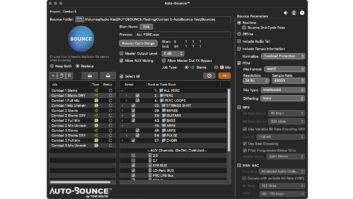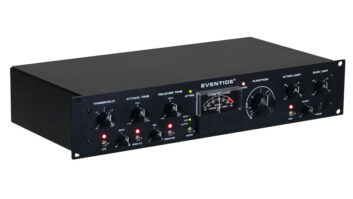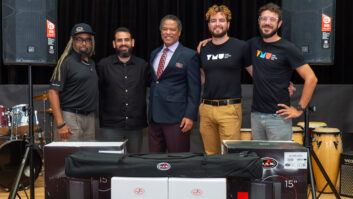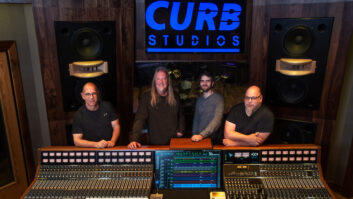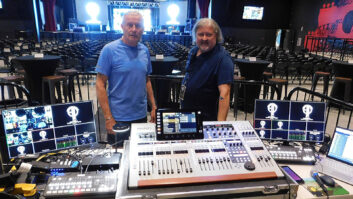Vinyl records aren’t the only recorded format rebounding these days; the often overlooked world of audiobooks, too, has been experiencing a renaissance in recent times, powered by advances in consumer technology and a public that’s rediscovering the power of the spoken word.

During the heyday of the compact disc—the late 1990s—audiobooks were a marketplace of about $480 million a year, according to the Audio Publishers Association. By 2009, however, sales and revenues had plummeted for an industry that was slow to take up downloads and was still focused primarily on CD sets sold at eye-watering prices. Today, while CDs still comprise roughly 40 percent of the audiobook market, the advent of cheaper downloads and specialized smartphone apps has helped the industry explode, hitting $1.2 billion in sales during 2012, according to the APA.
Placing more emphasis on downloads and relegating CDs to on-demand manufacturing has allowed publishers to reign in production costs and in turn focus their resources on releasing more audiobooks covering a wider range of topics. According to the APA, roughly 7,000 titles were published in 2011; by 2013, the number had skyrocketed to 35,000. More variety has fueled more sales—in 2013, audiobook revenues made a 12 percent jump over 2012.
Heavy technology users have helped power that uptick through their growing adoption of downloadable audiobooks. The downloads can be heard anywhere from a smartphone to a tablet to a PC to an ebook reader; many audiobook releases, too, are offered with synch-to-text features that allow readers to go back and forth between audio and ebook versions as they wish, benefiting from what’s essentially a multi-format bookmark.
Audiobooks’ rising profile means there’s more money at stake for the format’s retailers. There’s numerous places where consumers can purchase and download the same audiobooks; as a result, much as Amazon and Netflix now produce their own exclusive TV shows, Audible.com (the largest producer/retailer of downloadable audiobooks and a subsidiary of Amazon) has begun producing original content—a process that kicked off with Jeffery Deaver’s The Starling Project, written exclusively for Audible, released in November, 2014. That same month, one of the growing number of all-you-can-read ebook subscription services, Scribd, added 30,000 audiobooks to its offerings in an effort to both distinguish itself from competitors like Oyster and Amazon’s Kindle Unlimited, and likewise take a chunk out of Audible’s market segment.
Money doesn’t always have to change hands when it comes to consumers and audiobooks. Public libraries have long been a stronghold for the format, and while they still purchase CDs for their collections, they, too, are leaning towards digital downloads as well. Random House’s Books on Tape division reported in 2014 that it found CDs comprise up to 80 percent of all audiobook circulation at libraries, while downloadable audiobooks provided to patrons via digital services like OverDrive make up only 20-30 percent. That likely has much to do with the age of the borrowers, as the APA found downloads are more often taken out by younger, more tech-savvy patrons. Unsurprisingly, the CD-to-download ratio is expected to flip-flop in the near future
In order to make their products stand out in a marketplace that pits them against both traditional books and ebooks—not to mention all other forms of downloadable entertainment—audiobook publishers have been highlighting the fact that sound provides a different experience for the consumer. The audio release of Amy Poehler’s recent Yes Pleasefeatures a variety of narrators, including Patrick Stewart, Carol Burnett, Seth Meyers, Kathleen Turner and the author’s parents, before concluding with the final chapter read by the comedienne herself before an audience at New York’s Upright Citizens Brigade. Reportedly, the audiobook has sold as many copies as the ebook version.
Whether this explosion in sales translates into more work for independent recording studios remains to be seen. Plenty of voice-over talents work from home facilities, and some larger publishers have multiple studios around the country which they use to meet the fast-paced production schedules that audiobooks require—three to four months from assignment to release, executive producer for Penguin Random House Audio Aaron Blank told Pro Sound News in 2013.
While audiobooks don’t have the highest profile in the recording industry, their surprising growth may get them taken more seriously—perhaps even by the people who write them. Author David Sidaris told Rolling Stone about the first of his three Grammy nominations for Best Spoken Word Album (i.e. audiobook), recalling his voting ballot: “There’d be no way in the amount of time they were giving me to listen to five books on tape and make a judgment on them. That’s when I realized, ‘Oh, I don’t think anyone listens to them.’ It’s a popularity contest. I think people just get the ballot and say, ‘Oh right, Nelson Mandela, I’ve heard of him.'”
Share your thoughts below in the comments: Will the return of audiobooks result in more work for recording studios?
